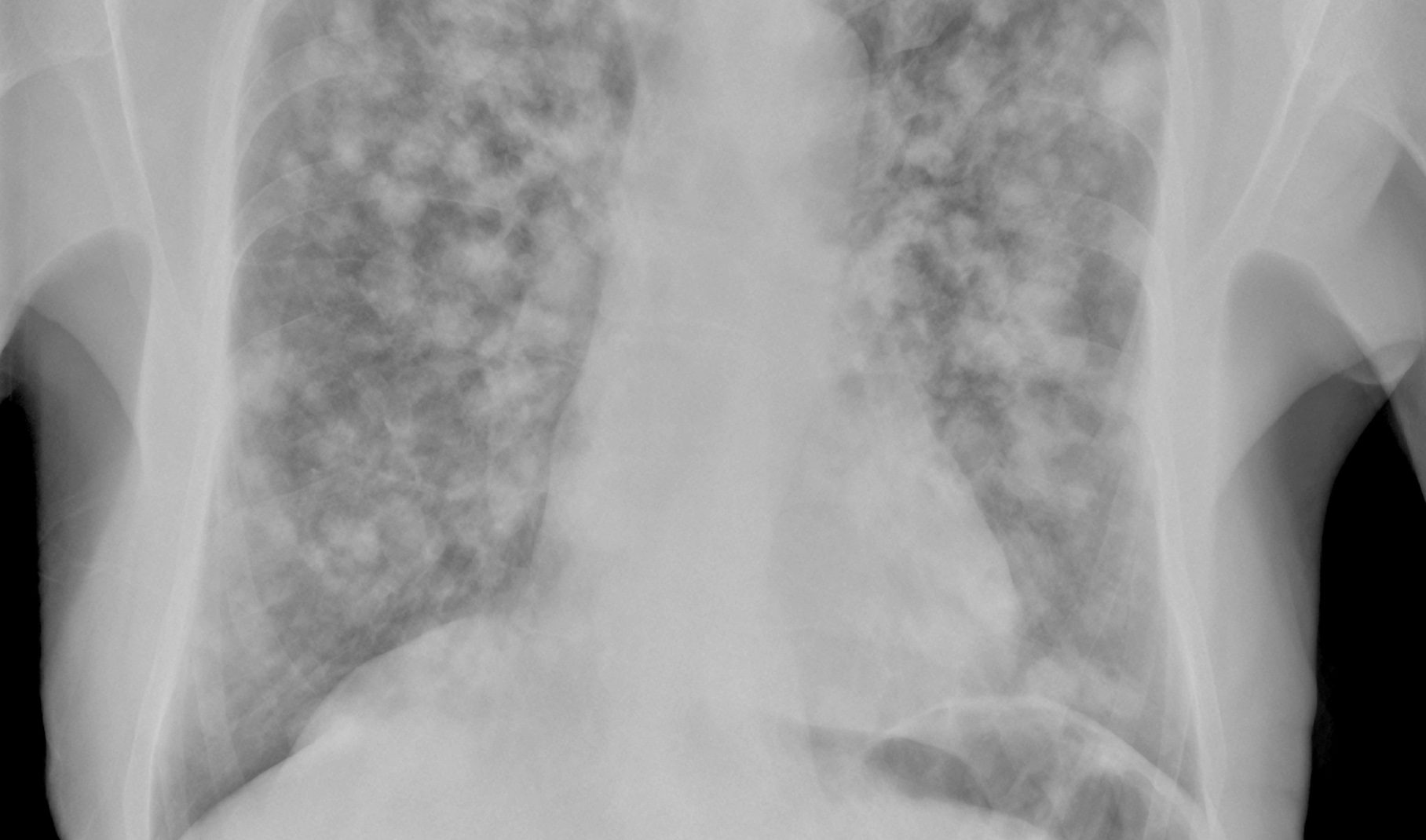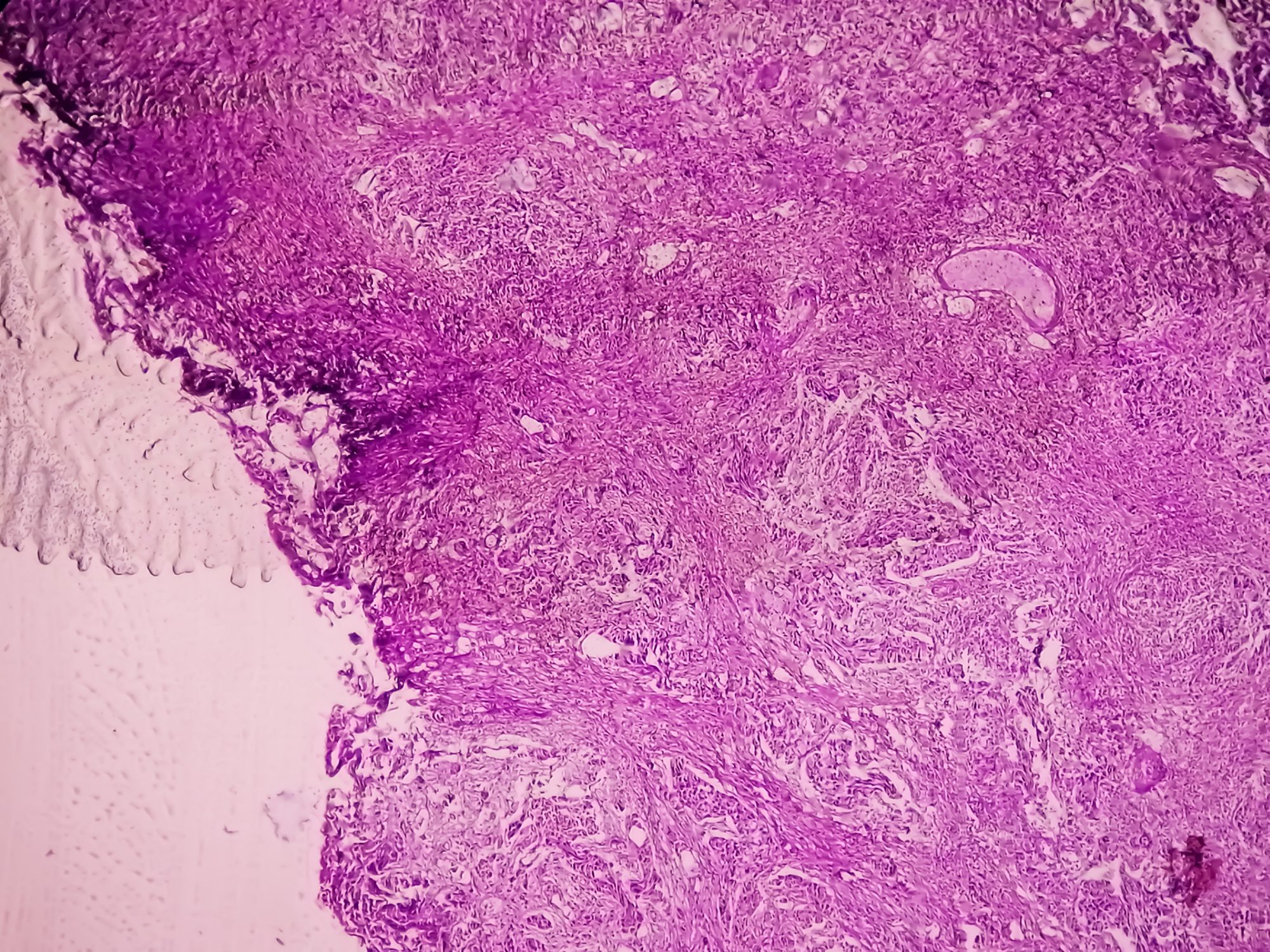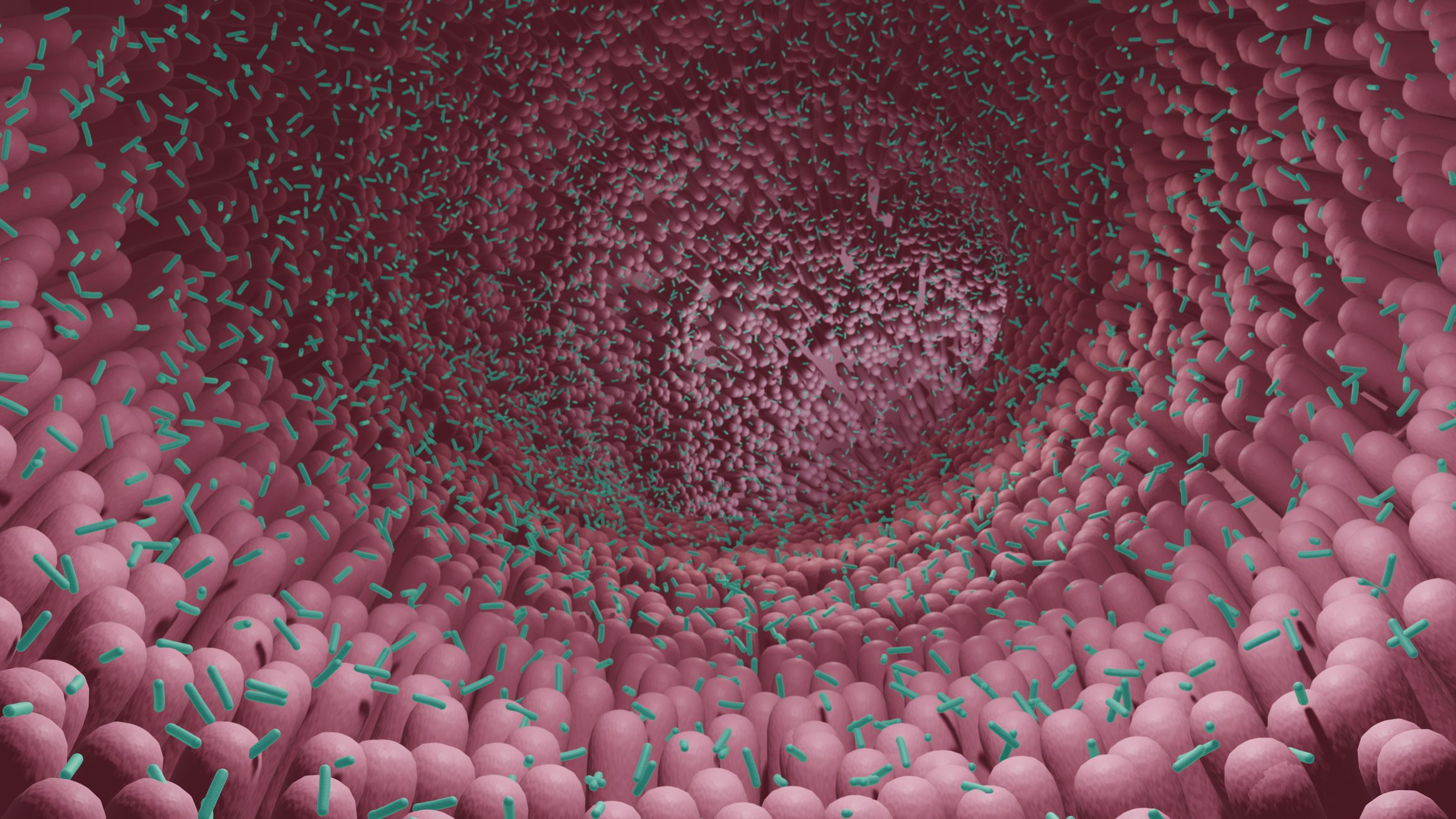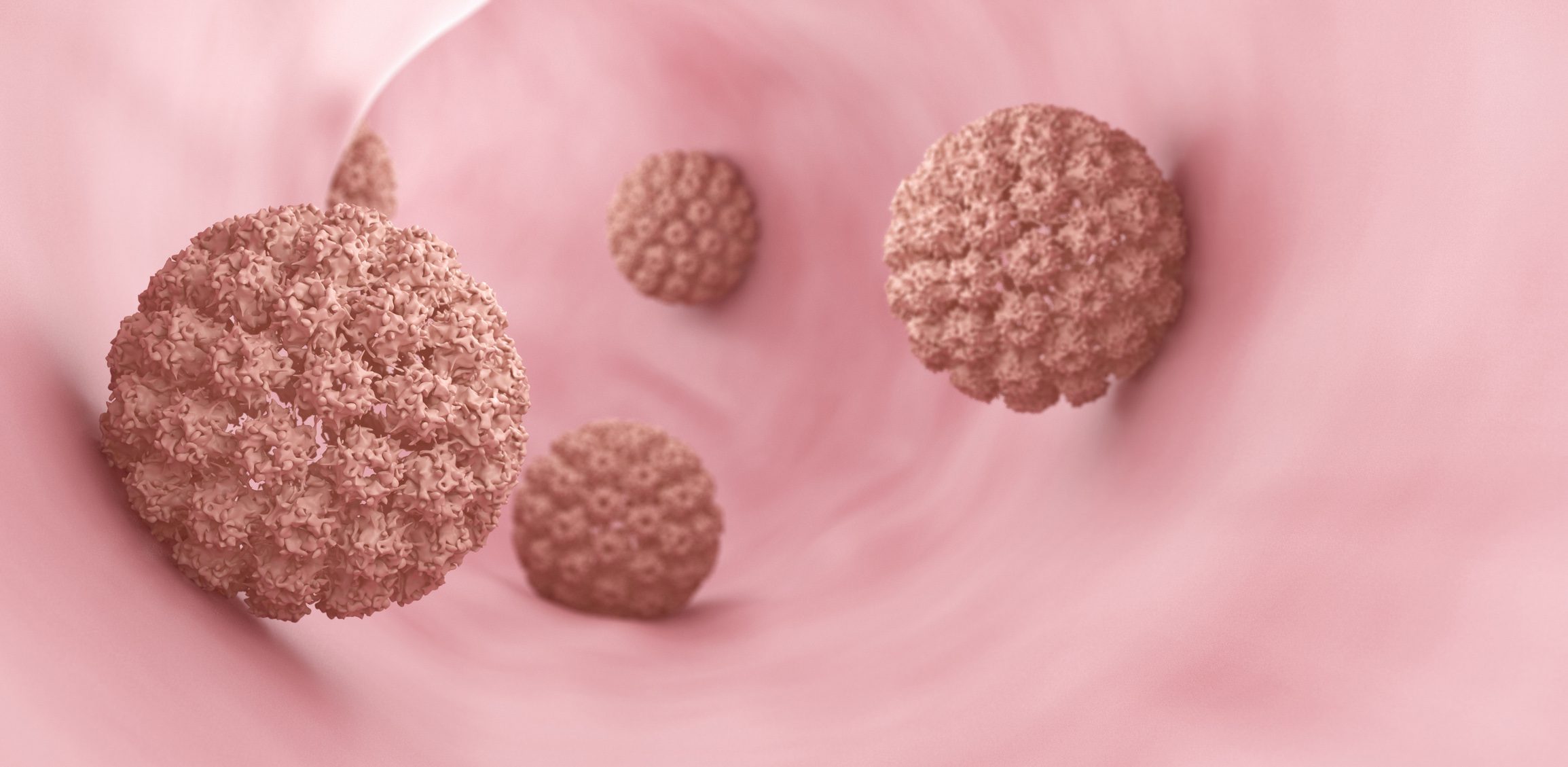In addition to the targeted elimination of the pathogen, antibiotic therapy leads to a change in the balance of the intestinal microbiome with potentially negative side effects. Complementary probiotic administration can significantly reduce the risk of antibiotic-associated diarrhea in children and adults, according to several meta-analyses of large clinical data sets.
Antibiosis not only attacks pathogenic agents, but also causes changes in the intestinal microbial flora. This can lead to impaired digestion of balast and less short-chain fatty acids being produced. As a result of changes in osmotic effects, insufficient water is removed from the stool, so that it remains liquid. Antibiotic-associated diarrhea is a relatively common complaint. In a prospective multicenter study of over 2800 patients, the incidence was approximately 10% [1], although higher rates have been reported in the literature depending on the study.
Some risk of antibiotic-induced diarrhea exists with all classes of antibiotics, with clindamycin, cephalosporins, broad-spectrum penicillins, and antibiotic combinations being particularly affected [2]. Symptoms range from mild, self-limiting courses to life-threatening conditions [3]. To protect the intestinal flora under antibiosis, the use of probiotics has proven effective. Among others, the preventive effects of lactobacilli, bifidobacteria, and Saccharomyces boulardii have been studied [4].

High risk reduction in adults and children
Infection with Clostridium difficile (C. difficile) causes acute enteritis with mucous-bloody diarrhea, fever, and abdominal cramps. The severity of C. difficile-associated diarrhea varies widely, and toxic megacolon is possible in extreme cases. A Cochrane review [5] based on data from 31 studies (n=8672) examined the efficacy of probiotics in preventing C. difficile diarrhea in subjects treated with antibiotics. It was shown that the risk was reduced by 60% on average.
That probiotics lead to a reduction in the risk of antibiotic-associated diarrhea not only in adults but also in children and adolescents on antibiotics was shown in a Cochrane Review published in 2019 [6]. Included in the analysis were 23 studies with data from a total of 6352 subjects in the age range from 3 days to 17 years. Probiotics administered included Lactobacilli spp., Bifidobacterium spp., Streptococcus spp. or Saccharomyces boulardii, alone or in combination compared to placebo or wait-list control group. Study duration was 5 to 12 weeks. The incidence of antibiotic-induced diarrhea was 8% in the probiotic group compared with 19% in the control group. The conclusion of the study is that probiotics can effectively prevent antibiotic-associated diarrhea in this subject population. According to the authors, of the probiotics studied, Lactobacillus rhamnosus or Saccharomyces boulardii at doses of 5 to 40 billion colony-forming units (CFU) per day have the best efficacy-safety profile in this target group.
Mechanisms of action of Saccharomyces boulardii
The modulation of the intestinal microbiome by probiotics is based on various molecular processes including displacement of pathological germs, secretion of antimicrobial substances, and immunological effects such as altered phagocytosis of white blood cells and increase of certain immunoglobulins. Saccharomyces boulardii is a yeast fungus used for the prevention and treatment of diarrheal diseases with antitoxic, anti-inflammatory, antimicrobial and immunomodulatory properties. In Switzerland, the preparation Perenterol®, available in capsule or powder form, is approved for this indication.
The antidiarrheal effect of Saccharomyces boulardii is thought to be due to the following mechanisms, among others [7]: Stimulation of the release of immunoglobulins and cytokines, binding of pathogenic bacteria, neutralization of bacterial toxins. Moreover, this probiotic can intervene in the infection-induced signaling cascade by influencing the constitutive as well as the adaptive immune system and causing an attenuation of excessive inflammatory responses. These mechanisms lead to a decrease in the adhesion potential of pathogens, which contributes to the protection of the intestinal epithelial layer and reduces diarrhea-related fluid loss.
Literature:
- Allen SJ, et al: Lancet 2013; 382(9900): 1249-1257.
- Guggenbichler JP: Pharmazeutische Zeitung 2017; 16, www.pharmazeutische-zeitung.de/
- Micklefield G: MMW – Advances in Medicine 2014: 156(1): 18-22.
- Mekonnen SA, et al: Current Opinion in Biotechnology 2020; 61: 226-234.
- Goldenberg JZ, et al: Cochrane Systematic Review 2017; https://doi.org/10.1002/14651858.CD006095.pub4
- Guo Q, et al: Version published: 30 April 2019, www.cochranelibrary.com
- Stier H, Bischoff SC: MMW – Advances in Medicine 2017; 159: 1-6.
HAUSARZT PRAXIS 2020; 15(11): 36











